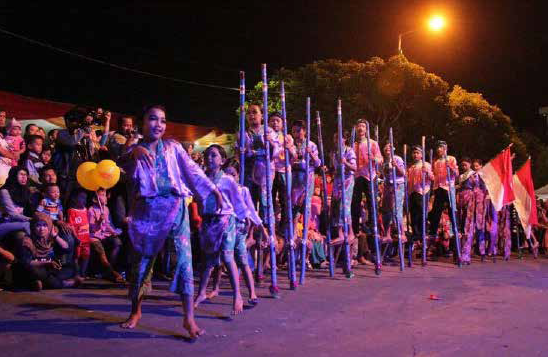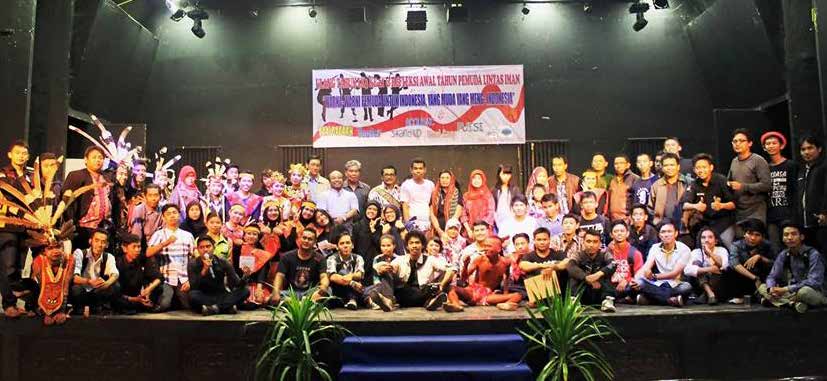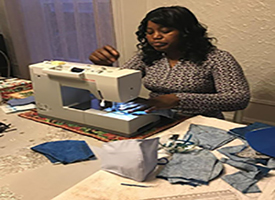Relevance of Art and Culture in the Peace Movement in Indonesia
Until recently, only government or activists were concerned with peace movements in Indonesia. The general population only participated during times of conflict such as war, riots, or acts of inter-party violence. Peace efforts often focused only on conflict resolution arranged by political groups resulting in very little transformation. It was believed that to make the peace movement a sustainable effort, it would require people from all levels of society to be committed to peace. There needed to be an attitude shift by the people who tended to be passive, getting them actively involved in the peace movement. The Institute for Interfaith Dialogue in Indonesia took on the challenge of using art and culture toward peace building.
In general, they believed that peace could be cultivated through two forms of power, namely hard power and soft power. Hard power is legal steps taken by the government, authorities or customer stakeholders to seek peace through diplomacy. Those with hard power are community representatives who are mandated to resolve the conflict. However, hard power tends to be useful in times of conflict and post-conflict only. What was also needed is conflict prevention.
 |
| Ms. Pribadi is one of the members working towards peace. |
Soft power, on the other hand, is peace effort done by affecting human consciousness. Soft power is in charge of moving, awakening, and touching everyone’s heart on the importance of peace. The vitality of soft power lies in the message content. Peace messages actually live in the values of local wisdom rooted in every culture. The task and challenge is to manage the messages of peace in a creative way.
Through the use of art and cultural traditions, both sacred and modern-contemporary, the opportunity of involving and mobilizing people in the peace movement becomes greater. This was true in the United States in the era of the 1960s. The rejection of the Vietnam War made the young generation of the day blend in the hippies movement with the slogan “Make Love Not War”. In music, there are a number of music festivals created by world musicians with the theme of peace. Throughout history, symbols once used to represent evil were reinterpreted as symbols of love and protection. These examples show that soft power works by evoking reflection and forming new interpretations of cultural values as well as triggering an aesthetic-based action. In Indonesia, there is tremendous potential for using art and culture as a field and even an effective instrument for promoting peace movements.
 |
| A Dance group for peace designed by the Institute for Interaith Dialogue in Indonesia |
With a wealth of arts and culture, the Institute for Interfaith Dialogue in Indonesia has begun impacting the peace movement, and is hoping to see results that will restore the memory of the people to tranquility and peace as a nation. They are committed to the idea that art and culture is a manifesto of the peaceful situation that every generation has aspired to achieve, making it the duty of all its citizens to keep for the future of the nation.
One Great Hour of Sharing supports the Institute for Interfaith Dialogue in Indonesia through the Global Ministries Office of Southern Asia. Your support is bringing peace to the culture and mindset of people of all ages in Indonesia.
This report was written for the Institute for Interfaith Dialogue in Indonesia by Meike Lusye Karolus (Researcher, Center for Southeast Asian
Social Studies Gadjah Mada University).
Related News
When Life Gives You Scraps
“It’s so good making masks because it helps the community,” said Sandra, a Congolese refugee...
Read MoreSome recent UCC Disaster MInistries international grants
Here are some recent international grants approved by UCC Disaster Ministries: $20,000 to Global...
Read MoreDisaster recovery initiative is growing ecumenically
A pilot program to help communities launch long-term recovery following disasters is growing...
Read More

